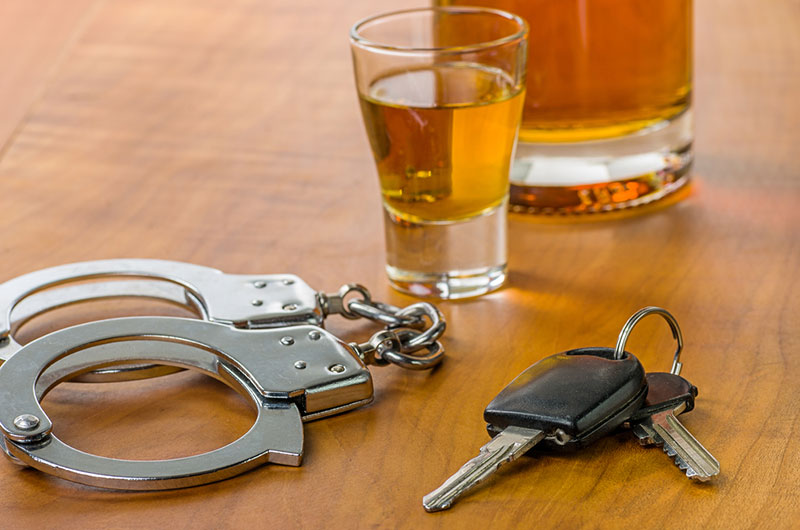If you’re facing a DWI or any other alcohol-related charge, you might be wondering what sort of penalties you could face. And you be wondering what you can do to defend yourself. Texas officially uses the term “driving while intoxicated” (DWI) to refer to the act of driving while under the influence of drugs or alcohol, but it’s often used interchangeably with “driving under the influence” (DUI). The State of Texas prohibits the operation of a motor vehicle if you have a blood-alcohol level of .08% or more. It also prohibits the operation of a motor vehicle if you’re under the influence of drugs.
You’re considered to be intoxicated if you “lack the normal use of mental or physical faculties” because you have consumed alcohol, narcotics, or any other substance. And the same applies to the operation of a boat. The State of Texas also has a “zero tolerance” policy when it comes to underage drivers (those who are under the age of 21) who get behind the wheel while they’re intoxicated or have a blood-alcohol level that’s above the legal limit. The penalties for a DWI will vary based on the circumstances of the case, but it will largely depend on how many convictions you have had.

Even if you’re guilty, we can get the system to work with you instead of against you. Call us today.
Other Alcohol-Related Charges in the State of Texas
Aside from getting a DWI, there are other alcohol-related charges in the State of Texas. These include:
- Public Intoxication (PI) — Classified as a misdemeanor charge, you’re guilt of public intoxication if you’re in a public place and are intoxicated to the point where you could put you and other people in danger. If you’re found guilty of public intoxication, you could face a fine of up to $500, and it could go on your permanent criminal record.
- Minor in Possession of Alcohol (MIP) — If you’re under 21, you can be charged with Minor in Possession (MIP), even if you weren’t consuming any alcohol. You could be found guilty by simply holding an empty beer can or a cup that had an alcoholic drink. An MIP charge could result in serious penalties and could affect your ability to find employment. It could even affect your ability to graduate from school, be accepted into a university, or get approved for any type of government assistance.
- Open Container — If you’re found with an open container that’s within reach while you were driving in the State of Texas, you could be charged with a Class C misdemeanor (which could result in a fine of up to $500). You could also be charged with a DWI if you have a blood-alcohol level of .08% or more. There are, however, some exceptions to this rule. If you’re a passenger in a limo or RV, you won’t get charged with “open container.”
- Contributing to the Delinquency of a Minor — If you’re an adult and help a minor commit an act of delinquency, you could be charged with “Contributing to the Delinquency of a Minor” (CDM). A minor is considered to be anyone who is under the age of eighteen. And because the consumption of alcohol is considered to be an act of delinquency, giving it to a minor would be classified as a CDM. The penalties for this charge will vary, and it will largely depend on the area in which the offense had been committed.
Be sure to speak to a qualified attorney for more information about these types of charges and which penalties you may face if you’re found guilty.
How You Can Defend Yourself Against an Alcohol-Related Charge
If you’re facing a DWI or any or alcohol-related charge, you’ll need the help of a criminal defense attorney. Not only will this person be able to defend you in court, but he or she can also help you to come up with a defense strategy that will minimize your risk of a conviction — especially if you have been accused of a crime that you didn’t commit. If you want to find the best criminal defense attorney in Corpus Christi, Gale Law Groups is here to help you. We have a qualified staff that can help you throughout the entire process, and we’ll make sure that your rights are protected.
If you want to work with a qualified criminal defense lawyer in Corpus Christi, be sure to reach out to us. We would be happy to speak with you about how we can help you with your case!
Check out our criminal defense page for more.







